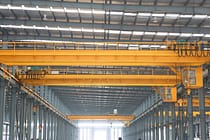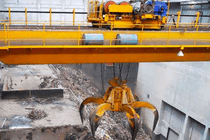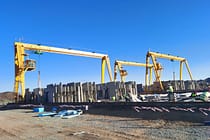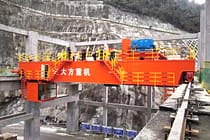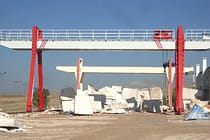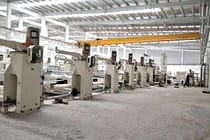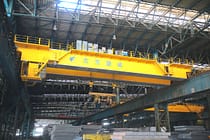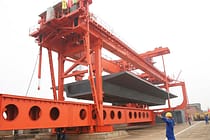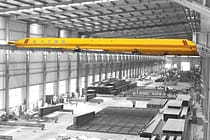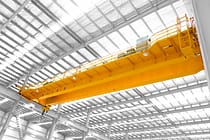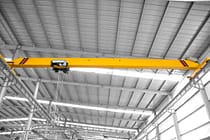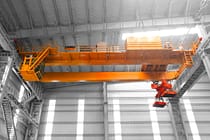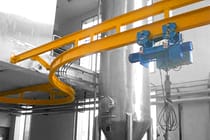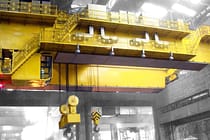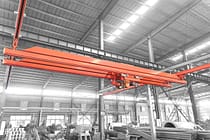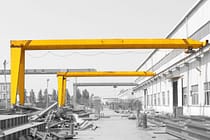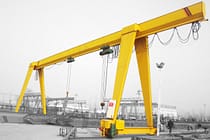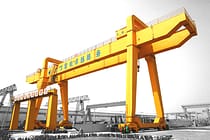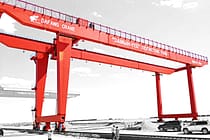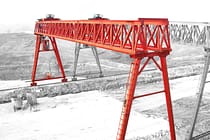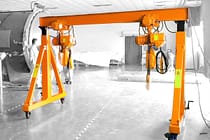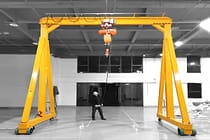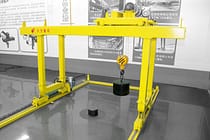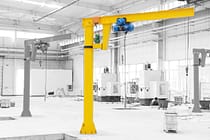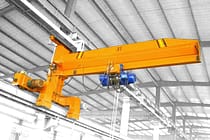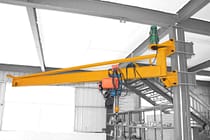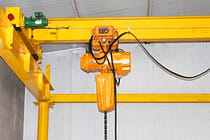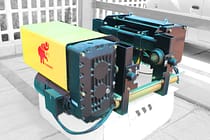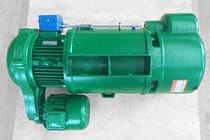How To Become An EOT Crane Operator?
EOT crane operators are responsible for the safe and efficient operation of electric overhead traveling cranes in various industrial settings. In this article, we’ll provide an overview of what an EOT crane operator does, the qualifications and skills required to become one, the different types of training available, and important safety tips to keep in mind.
What Is An EOT Crane Operator?
An overhead crane operator is a skilled professional who is responsible for operating and controlling an overhead electrically operated traveling (EOT) crane. These cranes are commonly used in factories, warehouses, and construction sites to move heavy loads from one place to another.
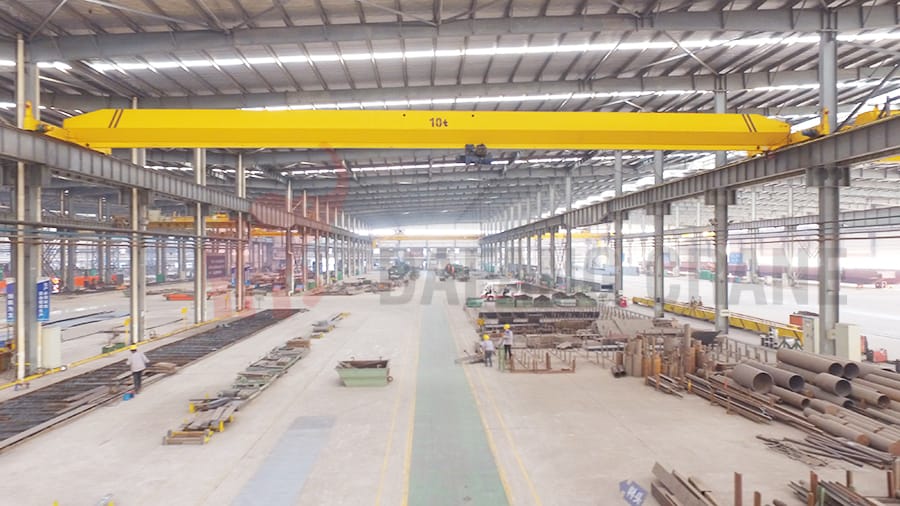
Work Content Of EOT Crane Operator
Bridge crane operators are responsible for inspecting and maintaining the machine. This includes performing regular maintenance tasks such as lubricating moving parts, checking electrical systems, and replacing worn or damaged components. Operators must also inspect the crane before and after each use, looking for signs of wear or damage that could affect its safe operation.
Another important aspect of an EOT crane operator’s job is loading and unloading materials. These workers must be skilled at manipulating the crane’s controls to pick up and move heavy loads, while also taking care not to damage the materials or surrounding structures. They must also be able to position loads accurately, often working in tight spaces and at heights above the ground.
Communication is another key skill for overhead crane operators. These workers must be able to communicate effectively with other workers on the job site, including riggers who help to attach loads to the crane. Clear and effective communication is essential to ensure that everyone is working together safely and efficiently.
Finally, bridge crane operators must follow strict safety protocols to protect themselves and others from injury. This includes wearing appropriate personal protective equipment (PPE) such as hard hats and safety harnesses. Operators must also know how to respond in emergency situations, such as if there is a power failure or the crane malfunctions.
Qualifications For Becoming A Bridge Crane Operator
Firstly, to operate a bridge crane, you must have a high school diploma or equivalent qualification. Although it’s not a mandatory requirement, having some vocational training or apprenticeship in the field of crane operation can be highly beneficial. This kind of training will provide you with the practical skills and knowledge necessary to operate the equipment safely and efficiently.
Secondly, a certification or license is required to operate an overhead crane. Generally, you need to undergo formal training and pass a written and practical examination to obtain your license. The certification program ensures that you have demonstrated the necessary knowledge and skills to operate the crane safely.
Thirdly, experience matters when it comes to operating an EOT crane. Most employers require at least 1-2 years of experience as a crane operator before hiring someone for the job. Experience provides you with the ability to anticipate potential problems, handle emergencies, and avoid accidents.
Skills Required For Overhead Crane Operators
One of the skills is depth perception. An EOT crane operator needs to be able to accurately judge distances as they move large loads around the workspace. This requires a keen sense of spatial awareness and attention to detail.
Physical fitness is also essential in this role. Operating an overhead crane can be physically demanding, requiring the ability to stand for long periods and move heavy loads without difficulty. Good physical health is imperative to ensure that the operator can perform their duties safely and efficiently.
Communication skills are also crucial for bridge crane operators. They need to be able to effectively communicate with other workers on the job site, including managers, engineers, and other crane operators. Clear communication is necessary to ensure that everyone is aware of what is happening on the site and can work together to achieve the best outcomes.
Finally, EOT crane operators must possess a high level of technical knowledge. They should be familiar with the inner workings of the crane and have the ability to troubleshoot problems when they arise. This requires a dedication to ongoing learning and a willingness to keep up with the latest developments in crane technology.
Types Of Training Available For EOT Crane Operators
Various types of training programs are available for individuals interested in becoming EOT crane operators. These programs cover both theoretical and practical aspects of handling the crane. Some options for training include:
On-The-Job Training: On-the-job training involves working under the guidance of an experienced EOT crane operator. This training provides hands-on experience with the necessary skills needed for the job.
Apprenticeship Programs: Apprenticeship programs offer a combination of classroom instruction and on-the-job training. These programs can last anywhere from one to four years and provide valuable experience along with certification.
Vocational Schools: Vocational schools offer certificate and diploma courses in various fields, including crane operation. These courses provide students with the skills and knowledge required to operate cranes safely and efficiently.
Safety Tips For EOT Crane Operators
Know the equipment: Before operating an EOT crane, it is crucial to be fully familiar with the equipment. This means understanding all the controls, buttons, and levers, as well as knowing the weight limits and load capacities. Operators should also inspect the crane before each use, checking for any signs of wear or damage.
Follow safety protocols: EOT crane operators should always follow established safety protocols, such as wearing personal protective equipment (PPE) like hard hats and safety glasses, securing loads properly, and using caution when lifting or moving heavy objects. They should also be aware of any potential hazards in the area, such as overhead power lines, and take steps to avoid them.
Communicate effectively: Communication is key when operating an EOT crane. Operators should use clear hand signals or radios to communicate with other workers on the ground, letting them know when the crane is moving and where it is going. They should also be aware of any obstacles or obstructions in the crane’s path and communicate these to others.
Maintain a safe distance: When operating an EOT crane, it is important to maintain a safe distance from other workers and equipment. The operator should keep the load under control at all times, ensuring that it does not swing out of control or come into contact with any other objects.
Send Your Inquiry
- Email: sales@hndfcrane.com
- WhatsApp: +86-191 3738 6654
- Tel: +86-373-581 8299
- Fax: +86-373-215 7000
- Add: Changnao Industrial District, Xinxiang City, Henan Province, China
